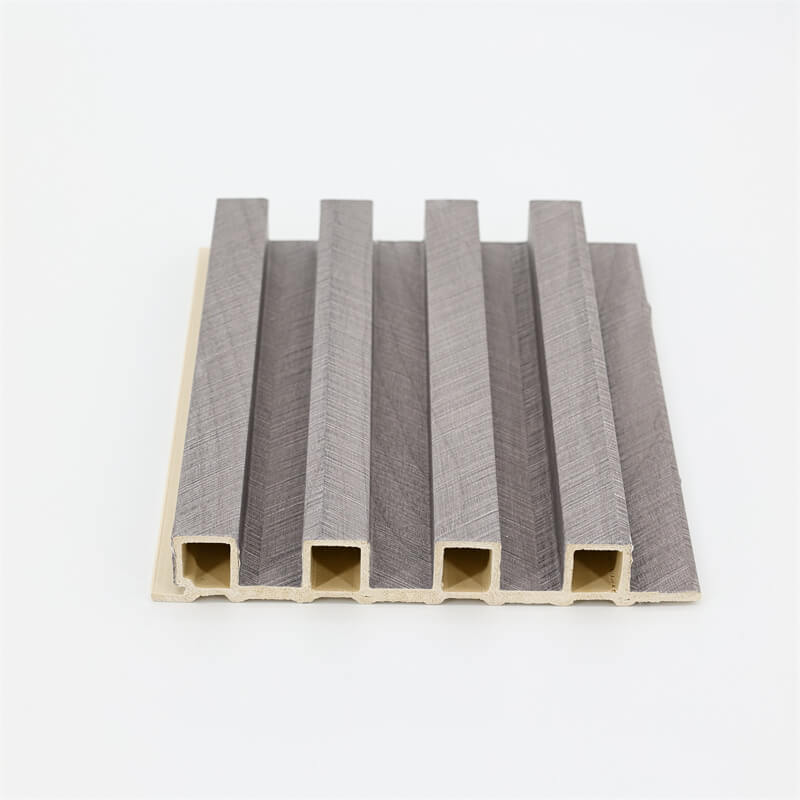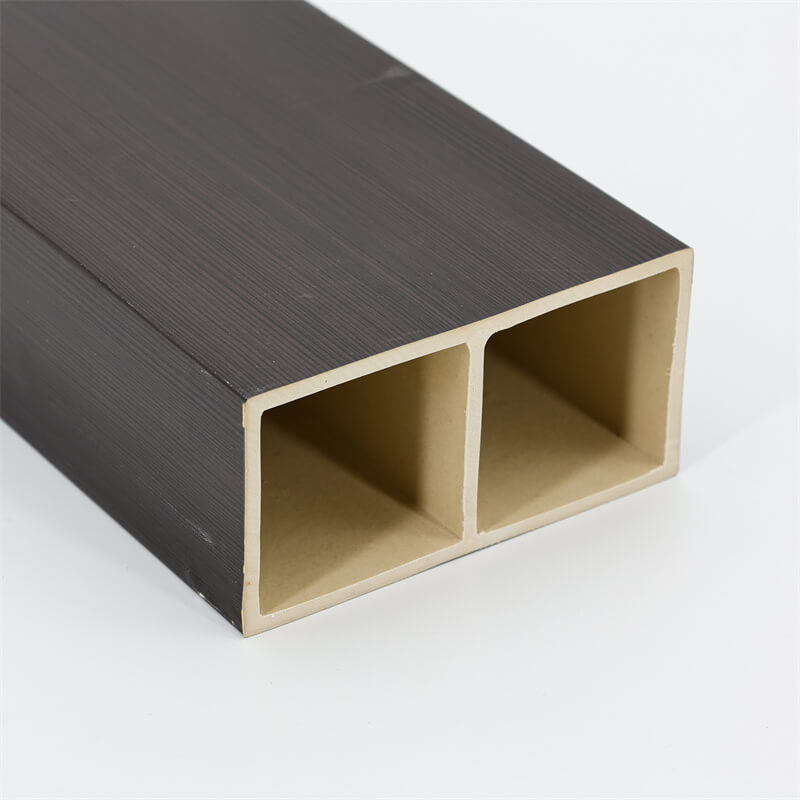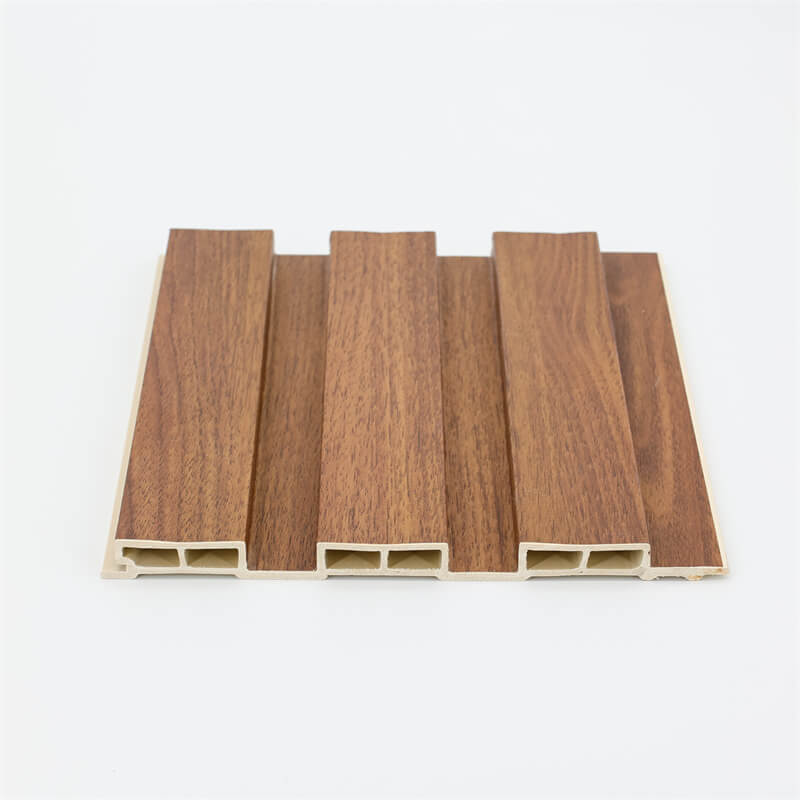
As the world becomes increasingly conscious of environmental issues, sustainable practices in the construction industry have gained significant attention.
Green buildings are designed to minimize their ecological footprint by employing eco-friendly materials and technologies.
One such solution that has emerged as a game-changer in sustainable construction is Wood-Plastic Composite (WPC) wall panels.
WPC wall panels are a revolutionary alternative to traditional construction materials, providing numerous environmental benefits.
This essay explores the ways in which WPC wall panels contribute to sustainability, focusing on their eco-friendly characteristics, energy efficiency, reduction of waste, and positive impact on indoor air quality.
I. Eco-Friendly Characteristics of WPC Wall Panels
Wood-Plastic Composite wall panels are made from a blend of wood fibers and recycled plastic materials.
This combination creates a sustainable material that possesses a plethora of eco-friendly characteristics.
A. Utilization of Recycled Materials
One of the most notable features of WPC wall panels is the extensive use of recycled materials.
The plastic component is often sourced from post-consumer plastic waste, diverting these materials from landfills and reducing the burden on waste management systems.
By incorporating recycled plastic into the production process, WPC panels play a vital role in conserving natural resources and reducing the consumption of virgin plastic,
which significantly lowers the overall carbon footprint.
B. Reduced Deforestation
Traditional building materials, such as timber, contribute to deforestation and habitat destruction.
WPC wall panels address this concern by utilizing a significant portion of wood fibers from sustainable sources or even recycled wood products.
This approach helps to alleviate the pressure on forests, mitigating the adverse effects of deforestation on biodiversity, soil erosion, and climate change.
C. Biodegradability and End-of-Life Management
WPC wall panels have the advantage of being partially biodegradable, thanks to the presence of natural wood fibers.
This feature ensures that, at the end of their life cycle, the panels can break down into non-toxic elements, reducing their impact on the environment.
Moreover, the recyclability of WPC materials facilitates proper waste management and enables the production of new panels from reclaimed materials.

II. Energy Efficiency in WPC Wall Panel Production
Sustainability in construction extends beyond the final product.
The manufacturing process of building materials plays a crucial role in determining their environmental impact.
WPC wall panels offer significant energy efficiency advantages compared to conventional alternatives.
A. Lower Energy Consumption during Production
The production of WPC wall panels generally requires less energy compared to traditional materials like cement, steel, or bricks.
The lower energy demand during the manufacturing process translates to reduced greenhouse gas emissions and a smaller overall ecological footprint.
B. Fewer Harmful Emissions
Traditional construction materials, particularly cement and concrete, are responsible for substantial carbon emissions during their production.
In contrast, the manufacturing of WPC wall panels generates fewer harmful emissions, contributing to improved air quality and a healthier environment.

III. Waste Reduction through WPC Wall Panels
The construction industry is infamous for its high waste generation. WPC wall panels provide a means to address this issue and contribute to waste reduction.
A. Reduced Material Waste during Installation
Traditional construction methods often involve significant material waste due to cutting and fitting procedures.
WPC wall panels can be precisely manufactured to fit specific dimensions, reducing waste during installation.
Additionally, the panels are modular, making them easy to handle and minimizing material loss.
B. Longevity and Durability
WPC wall panels exhibit exceptional durability, withstanding the test of time and environmental factors.
Their long lifespan means that replacements and repairs are less frequent, resulting in reduced waste generation over the building’s lifetime.
IV. Positive Impact on Indoor Air Quality
The environmental benefits of WPC wall panels extend beyond the construction phase, positively influencing the indoor environment and the well-being of occupants.
A. Low VOC Emissions
Volatile Organic Compounds (VOCs) are harmful gases released by various building materials, including paints and adhesives.
WPC wall panels are typically manufactured without the use of harmful chemicals, resulting in minimal VOC emissions.
This ensures healthier indoor air quality, reducing the risk of respiratory issues and other health problems.
B. Mold and Mildew Resistance
Traditional wall materials like gypsum board are susceptible to mold and mildew growth in damp conditions.
In contrast, WPC wall panels are resistant to moisture, making them an ideal choice for areas prone to humidity.
The prevention of mold and mildew growth improves indoor air quality and prevents the need for potentially harmful chemical treatments.
The adoption of sustainable practices in the construction industry is vital to mitigate the environmental impact of building projects.
Wood-Plastic Composite (WPC) wall panels emerge as an innovative green building solution that contributes significantly to sustainability.
Through the utilization of recycled materials, reduced energy consumption, waste reduction, and improved indoor air quality,
WPC wall panels demonstrate their environmental prowess. As the demand for eco-friendly construction materials continues to rise,
WPC wall panels are poised to play a key role in shaping a greener, more sustainable future for the construction industry.
Embracing this technology not only promotes environmental responsibility but also showcases how sustainable solutions
can enhance the overall efficiency and longevity of buildings while preserving the planet for generations to come.
